Full Guide To Aventurine vs. Jade (This Is The Difference)

In order to work with our crystals effectively, we need to understand their properties. With crystals that look similar or have similar uses, such as aventurine and jade can be difficult to determine which one to work with. The answer should always be; the one that you are drawn to the most. However, if you are looking to find the difference in physical appearance as well as metaphysical properties, you’ll find your answer here.
Aventurine and jade can both be green. However, aventurine is known for its glittery effect and is translucent (although it can sometimes appear opaque). This stone also has some banding and a glass-like shine. Jade can be matte (nephrite jade) or glass-like (jadeite), and ranges from opaque to translucent. It can also have brown veins.
Continue reading if you want to know more about the (physical) qualities of these stones, as well as how you can use them in your spiritual practice
Also read: Aventurine vs. Amazonite – What’s The Difference?
Want more help or information? If you have any more questions after reading this blog post or want a personal answer for your specific situation, join the free Facebook group! We promise you’ll get an answer from either our team members or a community member.
Aventurine vs. Jade – How To Tell The Difference?
In order to understand the difference between these two stones, we can look at the color, shape, pattern, clarity, and more. Below we’ll describe all these aspects in detail.
Chemical Composition
Each of these minerals has unique attributes. Aventurine is a quartz variety containing goethite or hematite and mica elements within its chemical composition. The most common aventurine is the green variety which gets its color from fuchsite (a chromium-rich mineral).
Jade belongs to the silicate mineral family. The gemstone has two varieties that differ in chemical composition. There is nephrite jade, made up of magnesium and calcium silicate, and there is jadeite, composed of sodium and aluminum silicate.
In green jade, the most common color, the amount of iron determines the exact shades.
Color
Both gemstones are known for their green colors. However, they don’t always have to be green, and the color intensity between the two is not the same. The most common aventurine variety displays a vibrant green color but can also come in different colors such as yellow, blue, orange, gray, and brown.
Aventurines are adored for the glittery effect they have, which is caused by the mica inclusions within the stone. This effect is also called ‘aventurescense’ and looks like flakes of glitter.


Jade also comes in a range of colors, depending on the type. Neprite comes in green, gray, white, or yellow, whereas jadeite can also be blue, violet, black or red. Either way, both have a matte finish with the color differences caused as a result of manganese, chromium, or iron impurities within the stone.
Jade also goes through heat, dye, and bleach treatments to improve color.
Also Read: White Jade vs. Green Jade: What’s the Difference?
Pattern and Clarity
Aventurine is translucent with banding formations throughout the stone. The inclusions on the stone can almost render it opaque.
Aventurine also contains mineral elements like muscovite and fuchsite, which are responsible for the sparkly appearance seen on the stones when observed under bright light. The intensity of the metallic sparkling effect is determined by the size and density of the inclusions.
This stone also has a glossy lustrous finish.
On the other hand, jade is often opaque but can sometimes be translucent. The stone is patterned with irregular marble-like lines throughout. Jade’s luster and transparency vary between its two varieties. Jadeite jade is more glossy and transparent compared to nephrite, which is more matte and opaque.
Also Read: Jade vs Jadeite – What’s The Difference?
Location
Most aventurine comes from India but can also be found in Brazil and Russia.
Jade varieties are found in different parts of the world. The jadeite variety, especially the imperial jade, comes from Burma while others come from Tibet. Nephrites are common in China, Russia, and Brazil.
Hardness
Aventurines score 6.5 -7 on the Mohs scale. For jade, the hardness changes per variety. Jadeite is slightly harder, rating 6.5-7 on the Mohs scale, while nephrite rates 6- 6.5.
If you’re unfamiliar, the Mohs scale of hardness determines a stone’s hardness by measuring how scratch-resistant it is. According to this scale, a stone can scratch any other mineral with a lower score. For reference, talc is a 1, whereas diamond is a 10.
As a result of these scores, the stones are relatively durable and quite scratch resistant.
Also read: Jade vs. Malachite: What’s The Difference?
Care
Both stones show good wearability and resistance to breakages.
For jade specifically, we recommend avoiding acid treatments and harsh chemicals, as they will destroy jade as a result of its porosity.
The best way to clean these stones is to use warm water, a soft cloth, and maybe some detergent if necessary. Also, avoid exposure to direct sunlight, as this may cause these stones to fade.
If you’re looking to energetically cleanse and charge your jade or aventurine, we recommend using moonlight, sound, selenite, or clear quartz or burying the stone in the ground for 24 hours.
Also read: Jade vs. Emerald – What’s The Difference?


Properties
In crystal healing, gemstones are believed to possess specific properties. Though they can be helpful, beware that crystals are never a replacement for professional medical help. If you have any issues, see a doctor first.
Green aventurines are believed to have abilities to treat nausea, eczema, acne, and heart-related conditions. Green aventurine also comes in handy with issues related to electromagnetic pollution.
On the other hand, jades help treat issues related to the bones, kidneys, fertility, and adrenal glands.
The metaphysical properties of green aventurine are mostly a result of its association with the heart chakra, and its ability to harmonize auric energy fields. Additionally, green aventurine is a transformative crystal. The stone is thought to help someone change their perspective on the situation they are in. Finally, the crystal contains energies that align with the power of the mind to find new horizons and discover our capabilities.
Green jades on the other hand are associated with harmony, luck, and the courage to face life. Jade is also a grounding stone hence it offers some sense of stability and self-sufficiency.
Also read: Jade vs. Serpentine: What’s The Difference?
In Feng shui, jade is symbolic of protection and support, owing to the gemstone being an earth element. However, for this practice, all jades get their significance depending on their color.
- Green jade – health
- Brown jade- adjusting to new surroundings.
- Red jade – passion
- White – the mind, decision making
- Blue jade- relaxation
Aventurine in feng shui utilizes energies from the wood element. The wood element represents health, growth, and new beginnings. Aventurine is placed in the eastern and southeastern parts of the home. These are the areas that represent health, abundance, and family. Aventurine color significance in Feng Shui is:
- Red aventurine – creativity
- Blue aventurine – vitality
- Yellow aventurine- emotional balance
Chakra association
Aventurines and jade varieties will vary in the chakras they represent. Chakras refer to the different energy points in our body. There are 7, each of them linked to a certain aspect of our lives. We can match chakras to crystals and gemstones by looking at the color associated with each chakra.:
- Root chakra (Muladhara)- is represented by black/red and is located at the base of the spine. This chakra is related to stability.
- Sacral Chakra (Svadihsthana/ spleen)- is represented by orange and is located below the navel. The sacral chakra is associated with feelings.
- Solar Plexus Chakra (Manipura)- is represented by yellow and is located above the naval. The solar plexus chakra is related to intellect.
- Heart Chakra (Anahata)- is represented by green/pink and is located in the chest area. This chakra is associated with loving and emotional healing.
- Throat Chakra (Vishuddha)- Is represented by blue and is located at the end of the throat. This chakra is associated with communication and tangible dialogues.
- Third Eye Chakra (Ajna)- Is represented by indigo and is located between the eyebrows. The chakra is related to spiritual understanding.
- Crown Chakra (Sahasrara) is represented by white and is seen as our connection to the divine.
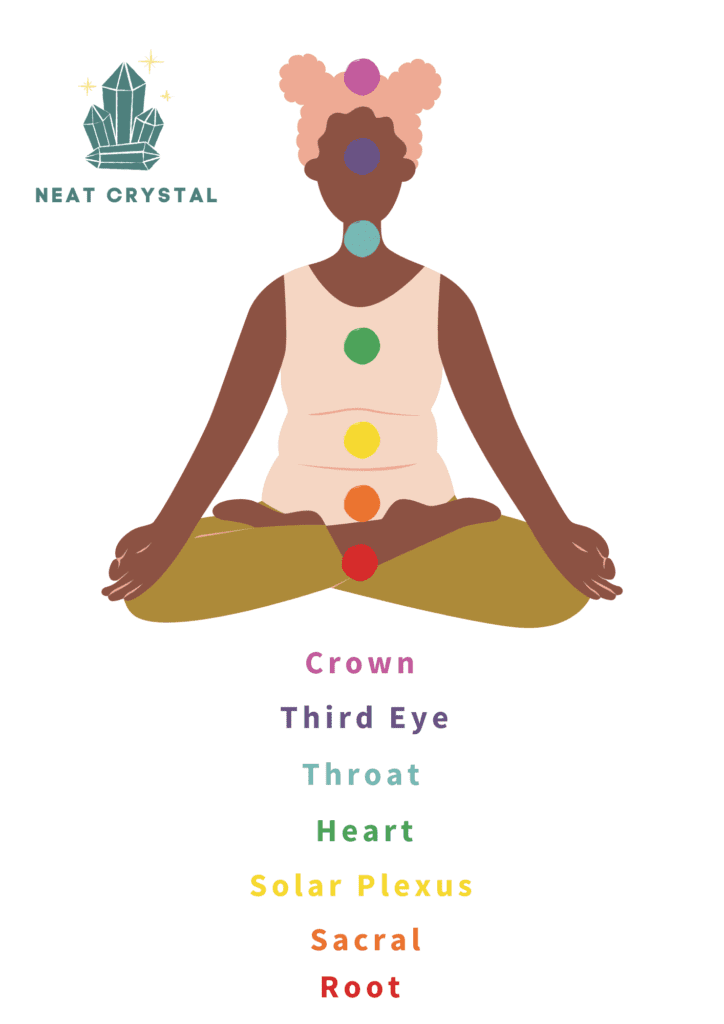
Green aventurine and jade activate the heart chakra. The heart chakra determines how we interact with the world around us. Green energies also help with understanding and stabilizing our emotions.
Zodiac and Birthstone
Different cultures around the world create a link between gemstones and the months. The Indians created the ayurvedic list of birthstones, the Tibetans created the mystical, the traditional list originates in Christianity, and the American Gem Association created the modern list. When a stone is associated with a zodiac sign, it is particularly beneficial to them.
Jade is the mystical birthstone for March, associating it with Pisces and Aries, born in that month.
Jade is also particularly beneficial to the Virgo and Gemni zodiac signs. Virgos are believed to be hardworking and analytical. Possession of jade will help them tap into these abilities and find solutions to their problems. For Gemini, the stone is believed to calm their hyperactive and impulsive nature.
Aventurine isn’t a birthstone for any of the signs. However, it is associated with Mercury, which rules Gemini and Virgo. For Gemini, an aventurine can help this sometimes overly anxious and indecisive sign to make the right choices and feel calm and confident in doing so. For Virgo, it can help them to be a little less anxious, as well as help them be less critical of themselves.




Numerical Vibrations
All crystals are made of energy and hence vibrate at different frequencies. We use numbers to correlate with the different frequencies. When choosing these stones, it is advisable to choose one that aligns with the frequency of what you desire.
Aventurines vibrate at 3. Number 3 in numerology represents abundance and wisdom.
Green jades vibrate at 11, associated with creativity, intuition, and connection to a higher self. Number 11 is the first of master numbers and is also a number representing transformation. Jades will raise your spiritual awareness, and inspiration and improve your psychic abilities.
Ruling Planets
Both aventurine and jade are ruled by the planet Mercury, representing intelligence, thinking, and communicative abilities. The close-up view of the sun on this planet encourages rational decisions and full awareness of an individual. They also promote healthy communication.
Elements
Many cultures have developed the idea of elements to explain nature. In the west, this notion was created by the ancient Greeks and consisted of 4 elements: Earth, Air, Fire, and Water. In India, another element is added: Akasha, representing the foundation of the other elements.
The 4 elements represent the following:
- Earth for personal growth, stability, and security
- Water for love, friendships, and emotions
- Air for intellect, wisdom, and communication
- Fire for energy, passion, and action
By looking at a crystal’s or gemstone’s properties, we can determine which element fits best.
For both aventurine and jade, they draw their energies from the earth element of nature. Crystals associated with this element offer grounding, and attract growth and abundance.

Folklore
Aventurines have long been considered lucky stones to date and are worn as talismans and amulets to help the wearer with any difficult undertakings.
Jade, on the other hand, was and is still a famous and valuable stone in Chinese communities. The stone is valued for its beauty and the healing abilities it is believed to possess. Jade is also considered a stone of virtue by the Chinese and was commonly referenced by Confucius in his writings on good governance and morality.
Best Combinations
To get the most out of our work with crystals, it can be incredibly beneficial to pair and combine crystals with similar properties. This way, they can strengthen and enhance each other. Below you’ll find some interesting options.
- Green aventurine can be paired with rose quartz to activate the heart chakra.
- Green aventurine malachite is a good combination for protection from negative energies.
- Green aventurine and amethyst are a good pairing for calming energies, especially when in anger.
- Jade, on the other hand, can be paired with carnelian to manifest luck and abundance.
- Jade and jasper are good to boost our emotional well-being.
- Jade paired with calcite creates powerful energies for distance healing.
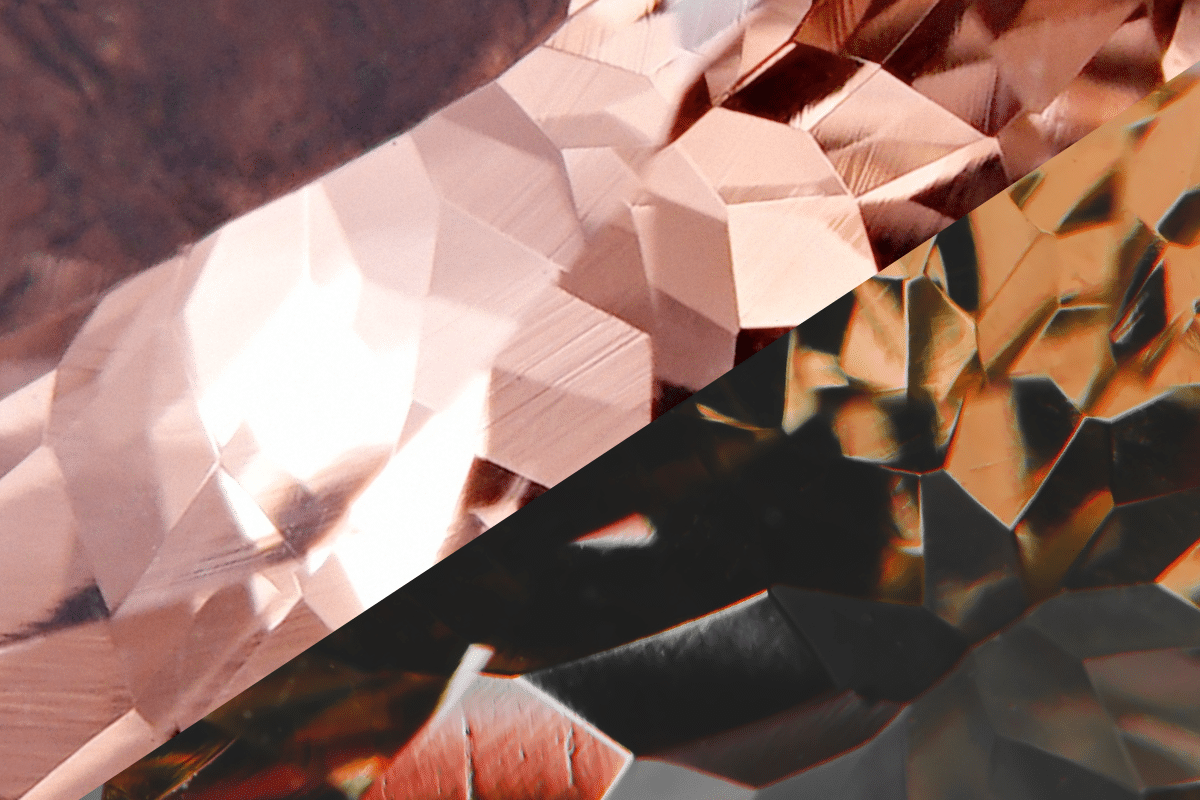
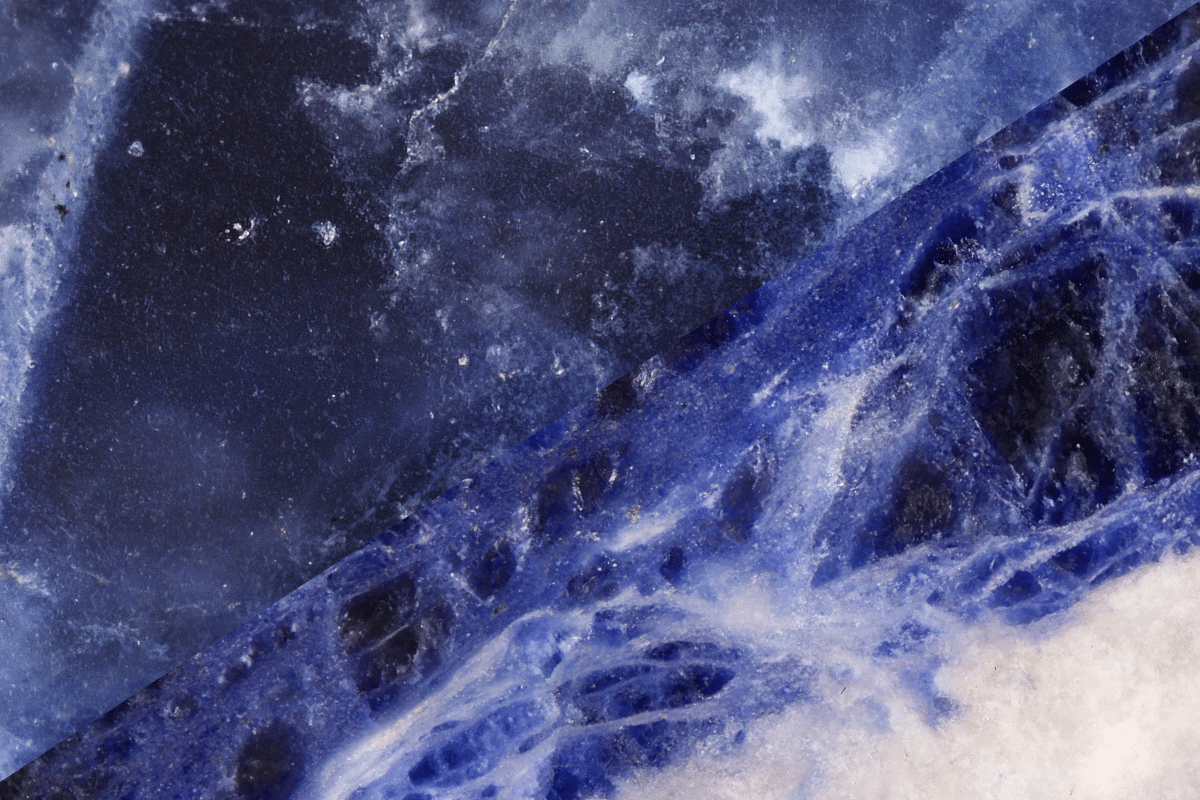

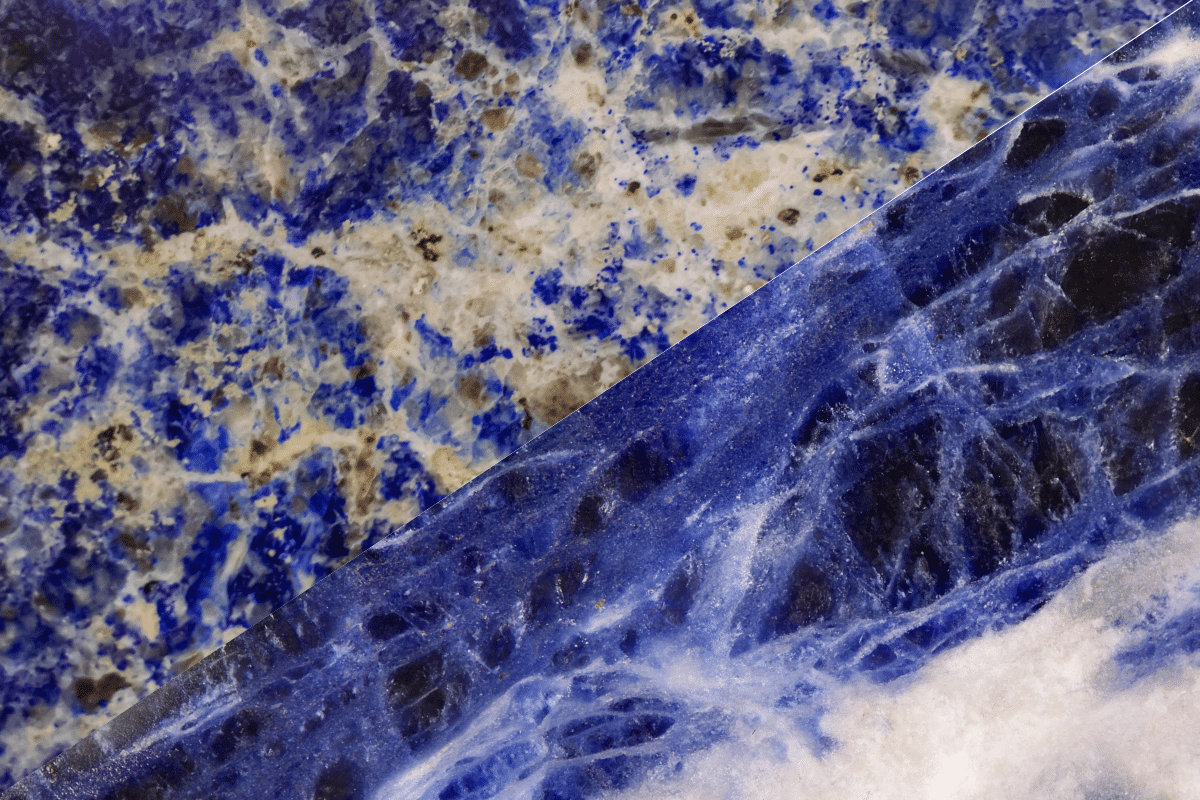
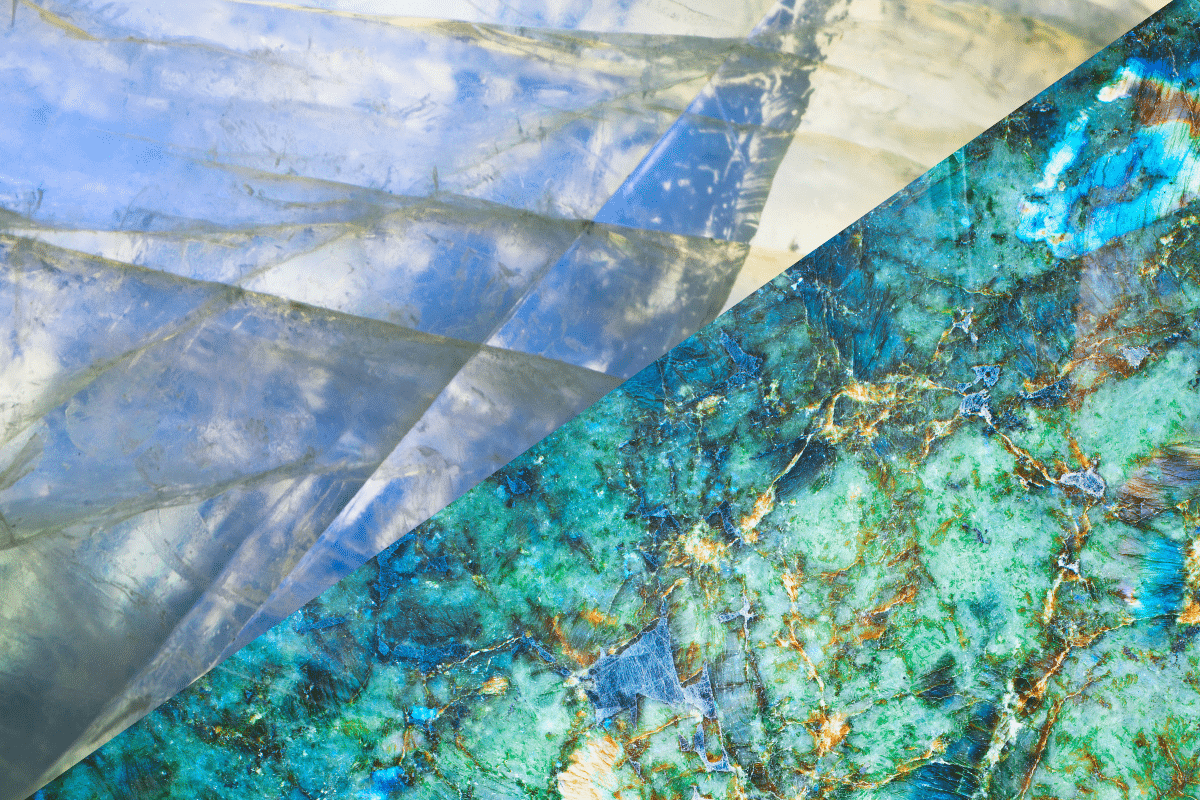

One Comment